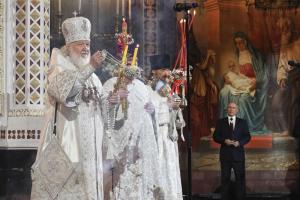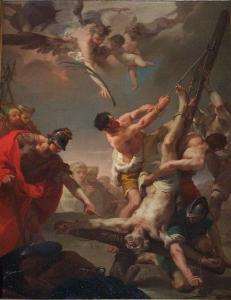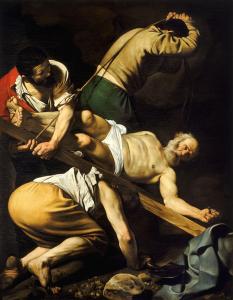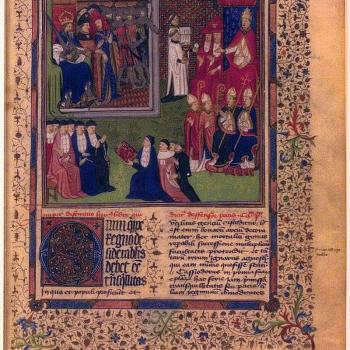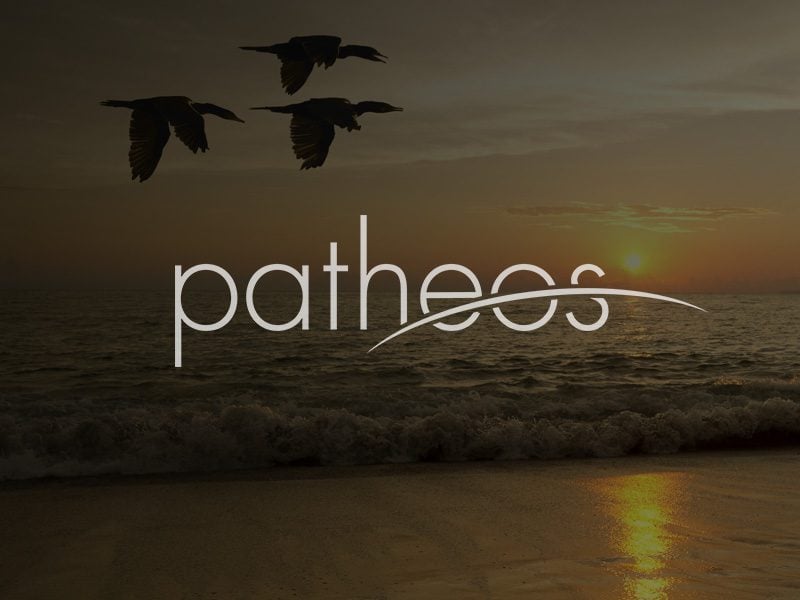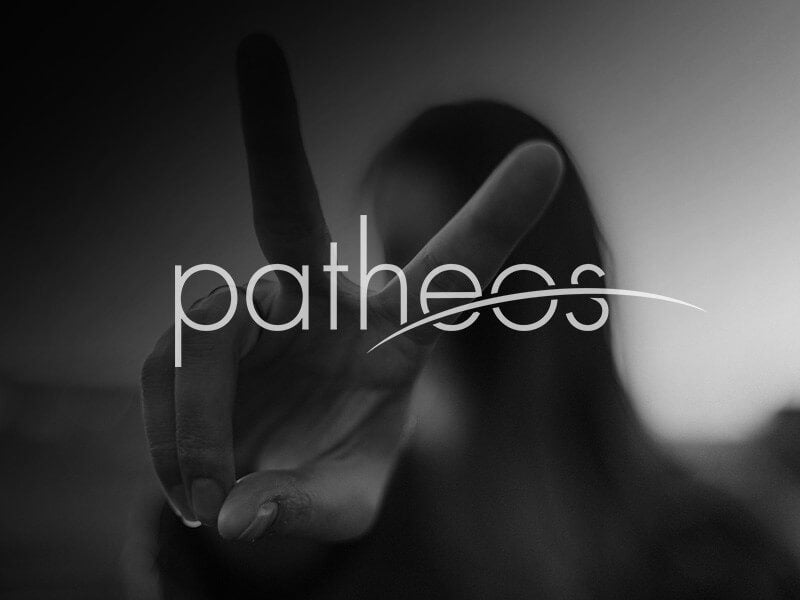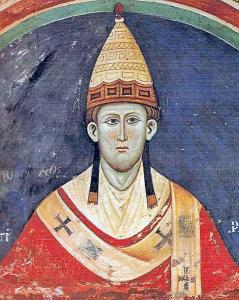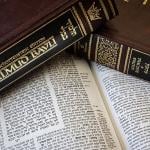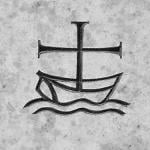Comments that the primate of the Russian Orthodox Church made earlier this week caused something of a stir on the internet. As the Associated Press reports, Patriarch Kirill gave a sermon this past Sunday wherein he assured his listeners that “If someone, driven by a sense of duty, the need to fulfill an oath, remains true to his calling and dies in the line of military duty, then he undoubtedly commits an act that is tantamount to a sacrifice”. ... Read more


